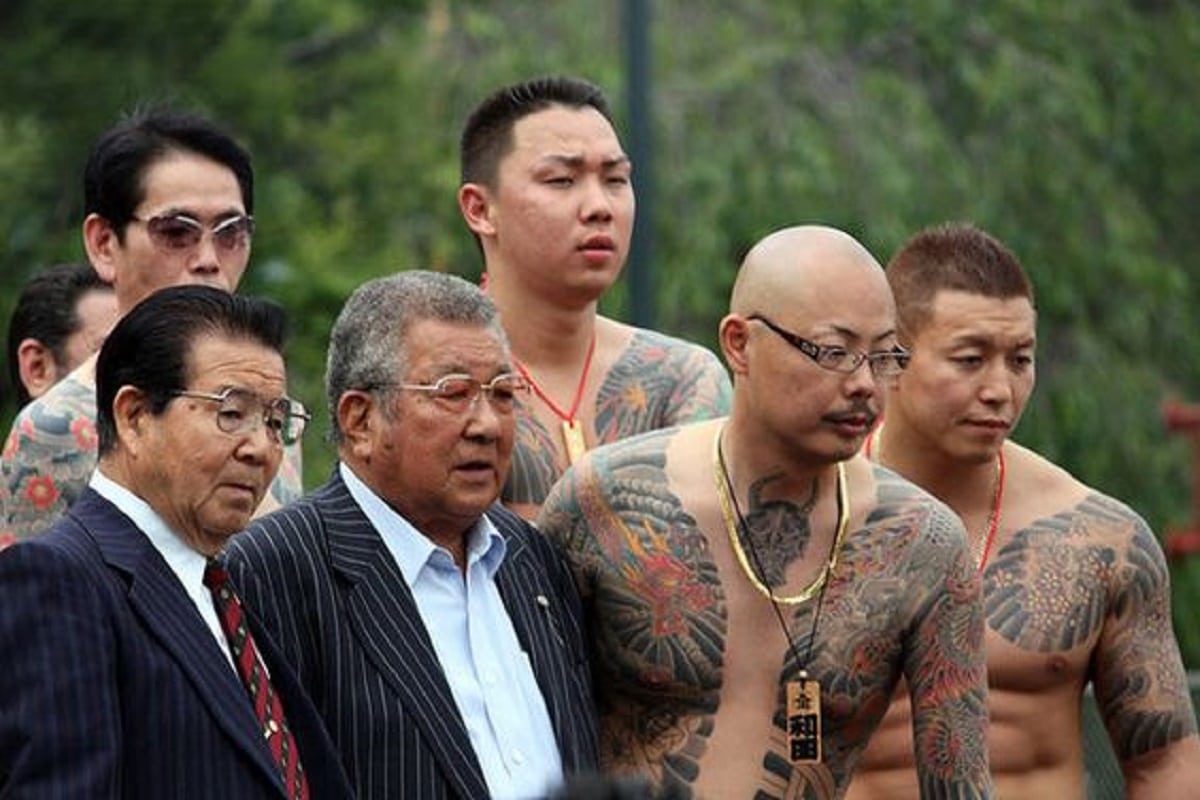
the practice of Yacuza tattoos The Japanese mafia dates back to the period of feudal Japan around the XNUMXth century.
In principle they were low-life people who earned money with games of chance and dice. In the Edo era (goes from 1603 to 1868), the government hired them to entertain the workers in the fiefs, these players could keep the money of the workers as long as they paid a percentage to the government.
Players got tattoos that hid codes that revealed their crimes and the number of convictions. Over time, they organized and expanded their business, becoming involved in usurpation of loans, scams, drug trafficking and houses of prostitution, among others.
Tattoos and their importance in the Yakuza
Tattoos are important within this group because they reveal rank, clan affiliation, mottoes, and some include dragon and samurai genealogies, elemental figures within Japanese culture and folklore.
The Yacuza tattooed his body using images of warriors and sacred animals, they have become very popular around the world by being seen in various movies, anime and video games.
However, the truth is that in Japan it represents a sector of crime that is quite feared, so tattoos in that country are not well regarded. It is obvious that a young person would have no problem with them, but middle-aged or older people find it more difficult to accept them.
The tattoo artists ended up associating with a criminal family and, to this day, they are the ones in charge of choosing the drawings to be made on each individual, which must bear the artist's signature.
Members of the same clan must have the same tattoos, with a strict requirement: they cannot be visible and must be hidden under clothing. Certain parts of the body such as: the calves, wrists, hands, neck and face, remain unadorned.
Spiritual meaning
The organization is known for its tattoos are elaborate and narrative of whole body, which tell a story that only a select few people can read; for them, ink acquires a spiritual and moral meaning, which goes far beyond mere aesthetics.
La yakuza culture in Japan, partly by representation of the nature of its activities, it remains secret and hidden.
By adorning their bodies with traditionally symbolic designs, they can build a story of their spiritual lives, goals, and dreams that only those closest to them will see.
Their tattoos often depict scenes, inspired by Japanese myth, folklore, and history. Her interest in tattooing is not about showing criminality or masculinity, but rather it is more a culture that has highly developed its ideals of identity and belonging To the group.
Can women get Yakuza tattoos too?

Today's many Yakuza factions are patriarchal in nature, but women are integral parts of Japan's mafia society. The wives, lovers, and girlfriends of major Yakuza figures often get many tattoos.
Many times these women wear tattoos to demonstrate their integration with the gang lifestyle; in other cases it is done to show loyalty and obedience to the Yakuza member they are involved with.
Yakuza Tattoo Designs
Dragon
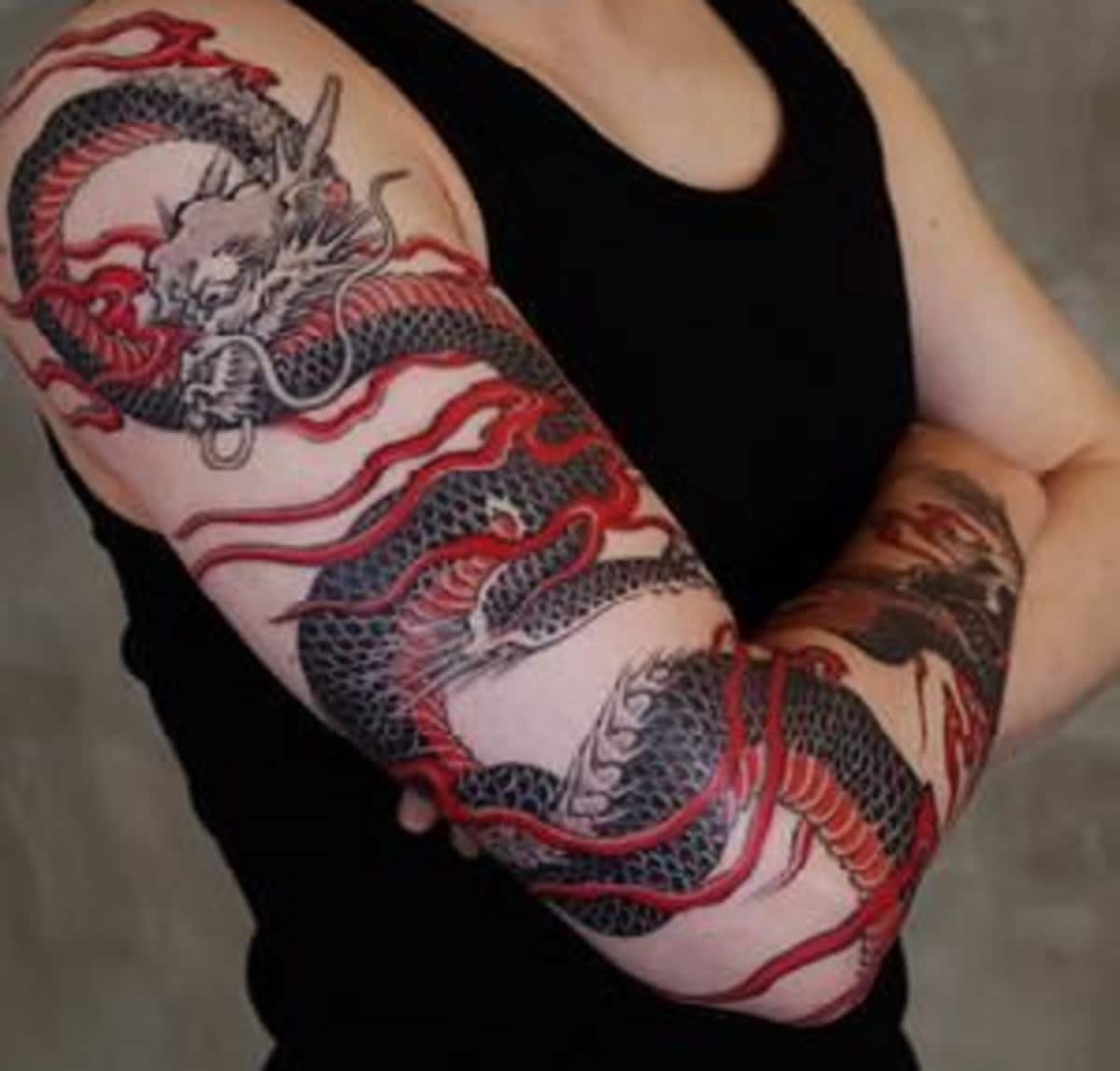
Dragons in Japanese tattoos are usually in an ascending position, and in Asian culture, they control water and winds. The Japanese dragon is usually depicted as having three claws and perhaps holding an orb. They usually represent courage and bravery, as well as wisdom and reason. It is one of the sacred animals and it is recognized that it has a certain balance.
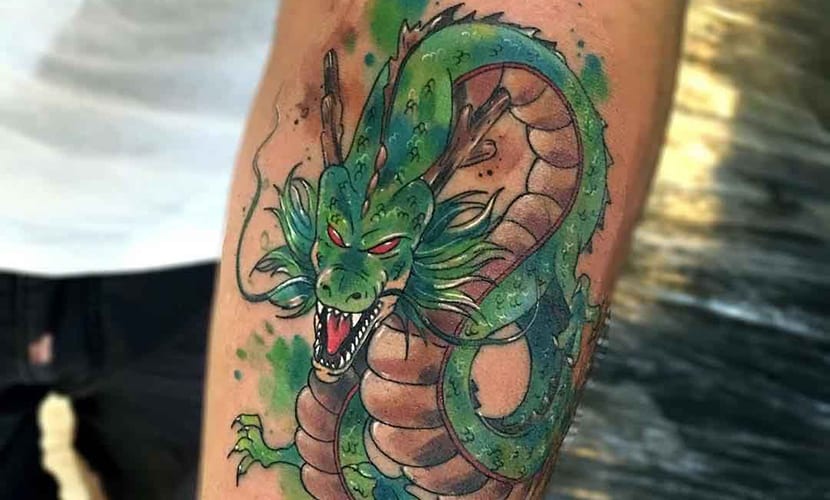
the samurai
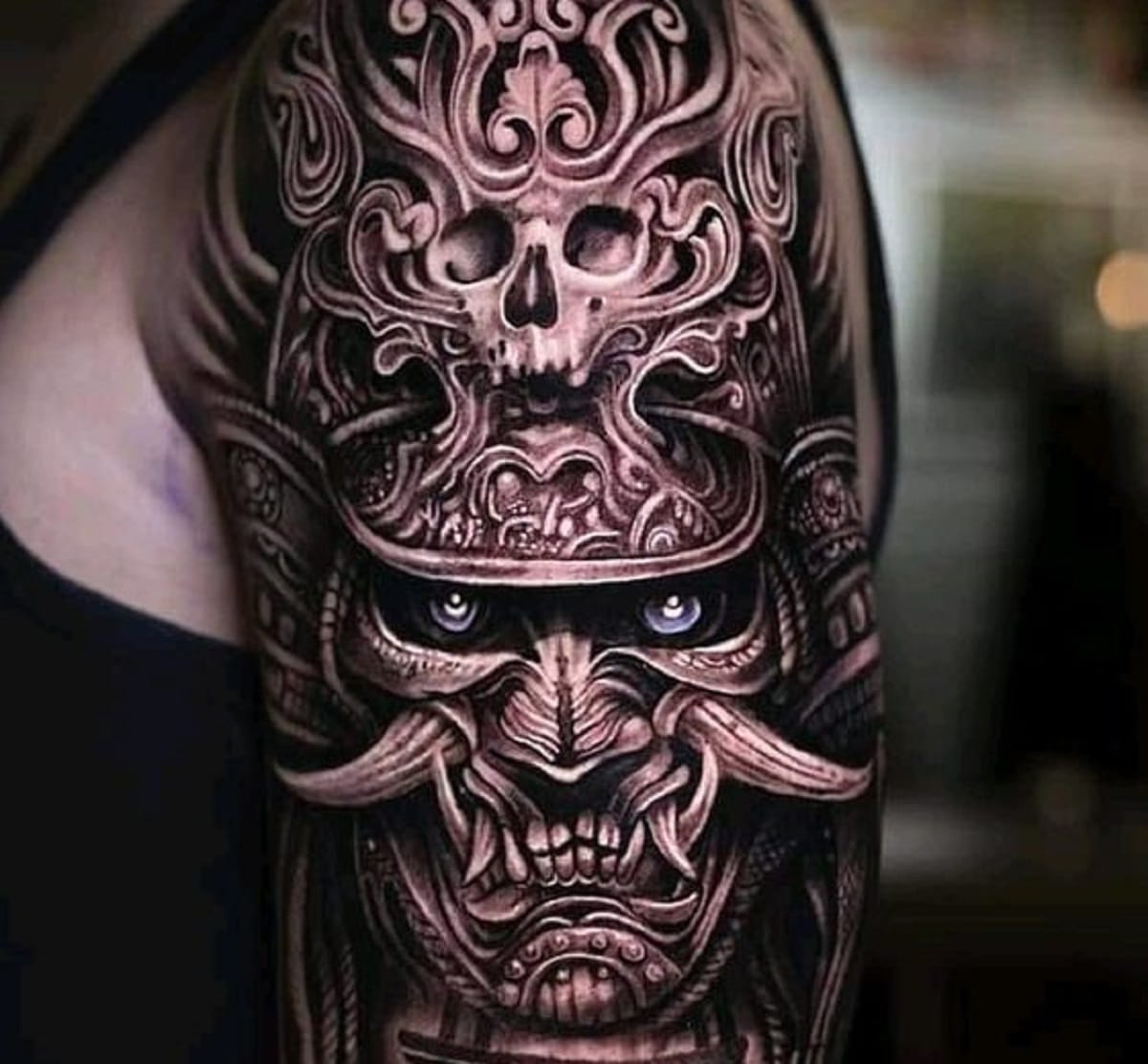
The figure of a samurai tattooed on the skin of a Yakuza, symbolize the straight path and honor, especially to the authority figures represented by their bosses. The samurai tattoo consists of drawing this ancient warrior wielding a sword or in a meditation position.
They are a symbol of fascination throughout the world due to the legendary stories and tales and mystical powers that surround them. These warriors were usually tattooed on their backs.
the koi fish

Probably the Japan's most representative fish, being the origin of many of its legends and influence on characters like the Pokémon. An ancient legend says that the koi fish crossed the great currents and as a reward for its effort it was transformed into a dragon, therefore, it is associated with strength and courage.
It also represents determination and is often used to show that someone has overcome difficult circumstances.
The Fenix

According to legend, this tattoo symbolizes triumph, rebirth, and fire. It is a frequent design in the tattoos of the Yakuza. The Phoenix symbolizes rebirth and triumph over extreme struggles. The flames represent spiritual cleansing, since fire purifies negative energy.
It also represents resurrection, life after death, and immortality, as the bird was consumed by the flames and then reborn from the ashes. This mythical creature embodies adversity and the acid test that transforms and renews the eternal spirit.
The snake

The Yakuza snake tattoo is usually tattooed on the back or chest.
It symbolizes positive characteristics such as power and wisdom, but also for the Yakuza, this tattoo could well mean that there is a power that comes from bouts of bad luck and illness.
Snakes in Japan are considered the latest incarnation of rebirth, renewal, and total transformation. Also its constant regenerative cycle can be seen as a representation of eternal life.
lotus flower
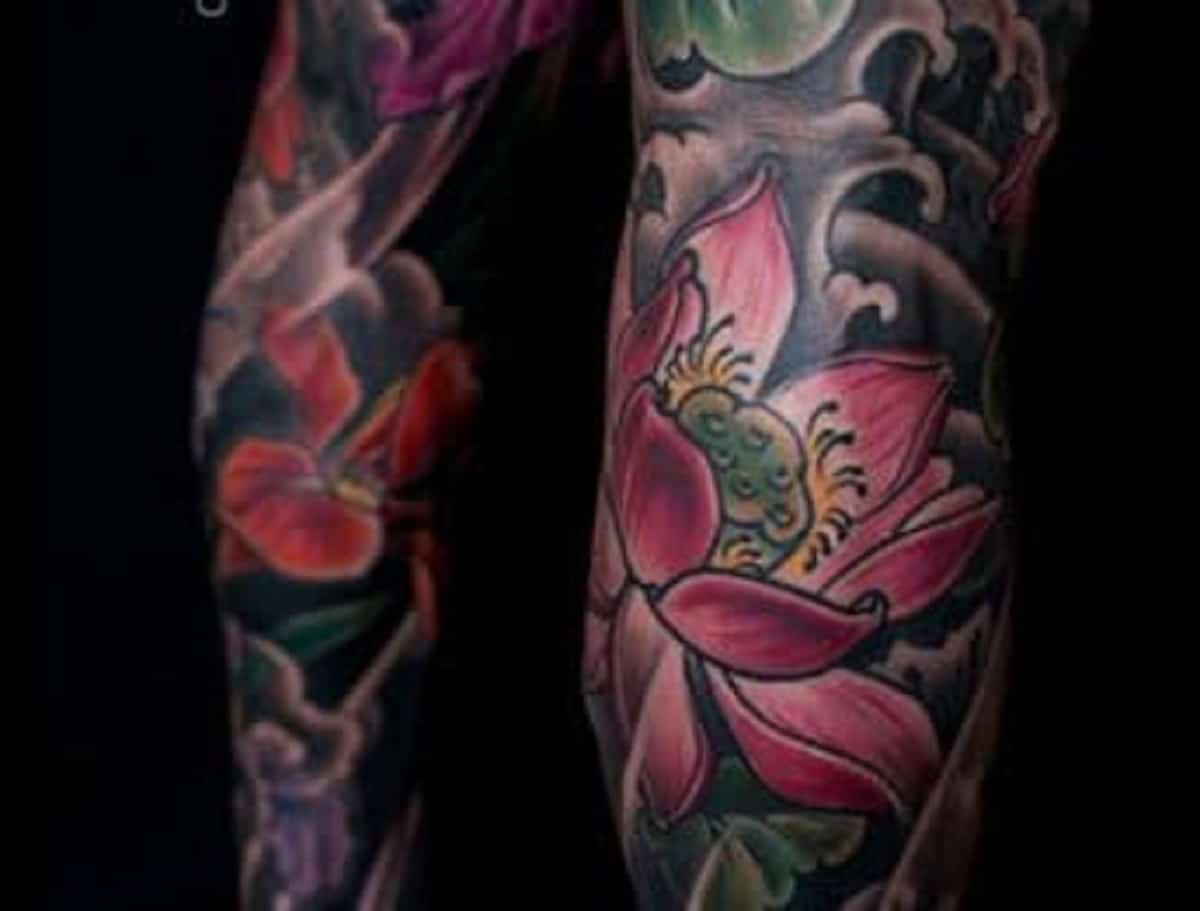
The lotus sprouts at the bottom of a pond and gradually makes its way outside to flower. As a result, the inking of a blooming lotus shows a spiritual rebirth and the metaphorical journey through the mire of life to a higher sphere of existence. It also symbolizes spiritual awakening and the metaphorical journey through a path to a higher state of consciousness.
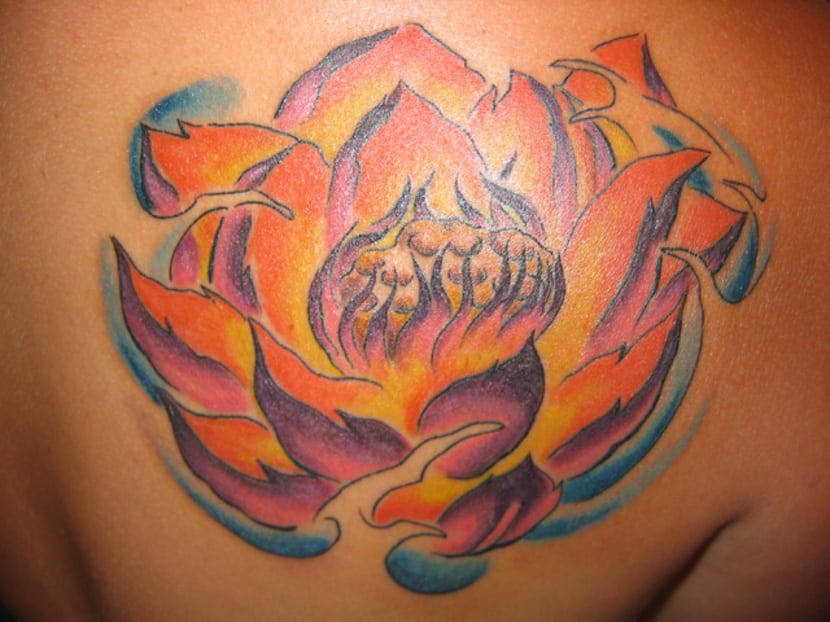
severed head
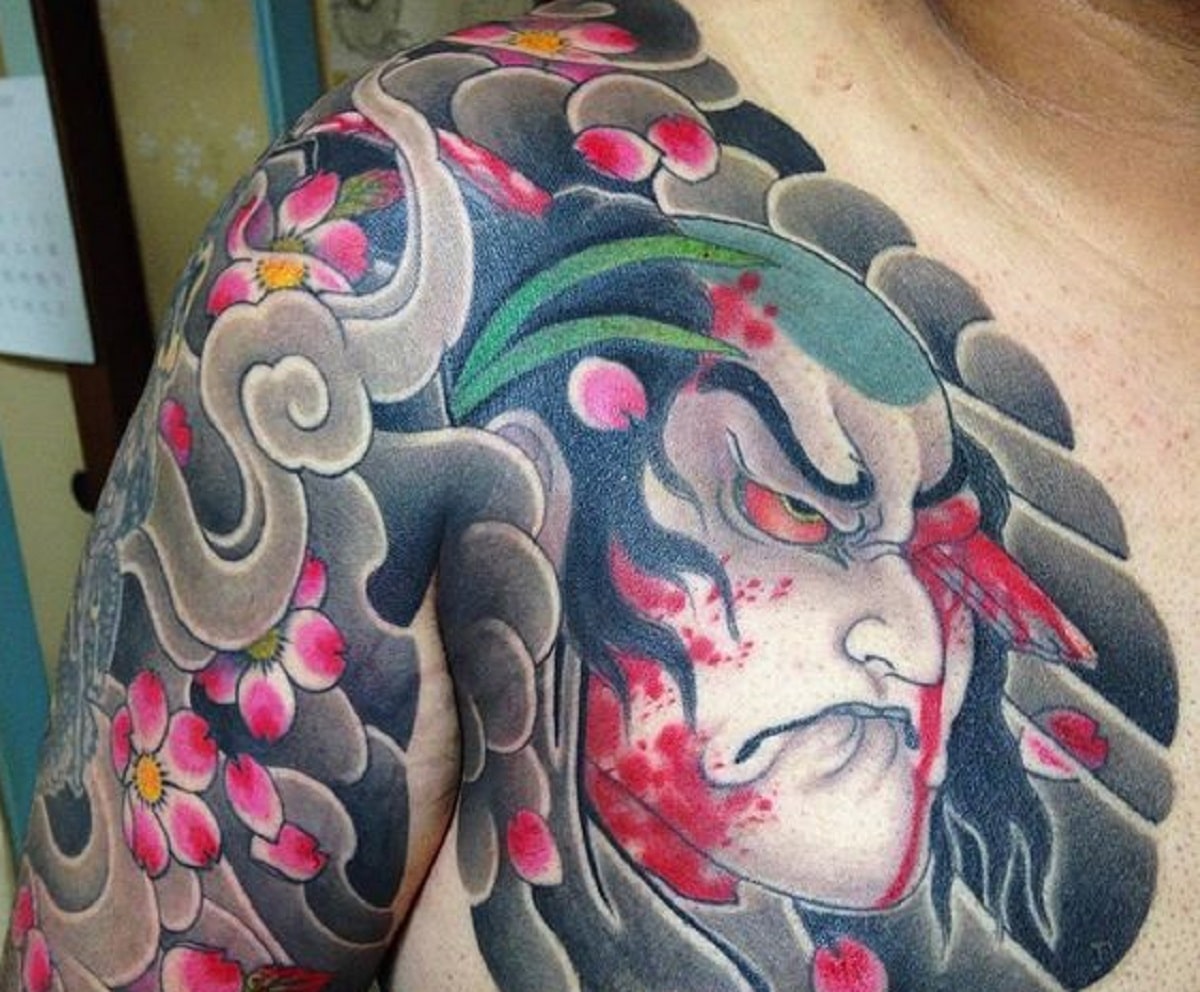
The severed heads of samurai represent grotesque tattoos and have their roots in Japan's feudal era. A time of feudal lords and war between rivals. The act of ritual suicide, or beheading was common. These dramatic tattoos serve as a reminder of how fleeting life is. Also a way to accept your fate with honor is one of the messages namakubi is used for.
Who can wear yakuza tattoos?
The repercussions against tattoos in Japan are not only against yakuza members, though in part it's to keep Yakuza members out of vocations and government establishments.
This is implemented for all workers. One of the goals of the crackdown is to keep Yakuza members out of positions of authority within the city government.
While the stigma undoubtedly remains, facilities are starting to open up for people with tattoos, though most of the time, this only applies to tourists, not Japanese people.
If you decide to get tattooed within this style, you will be following a historical path in the history of tattooing.